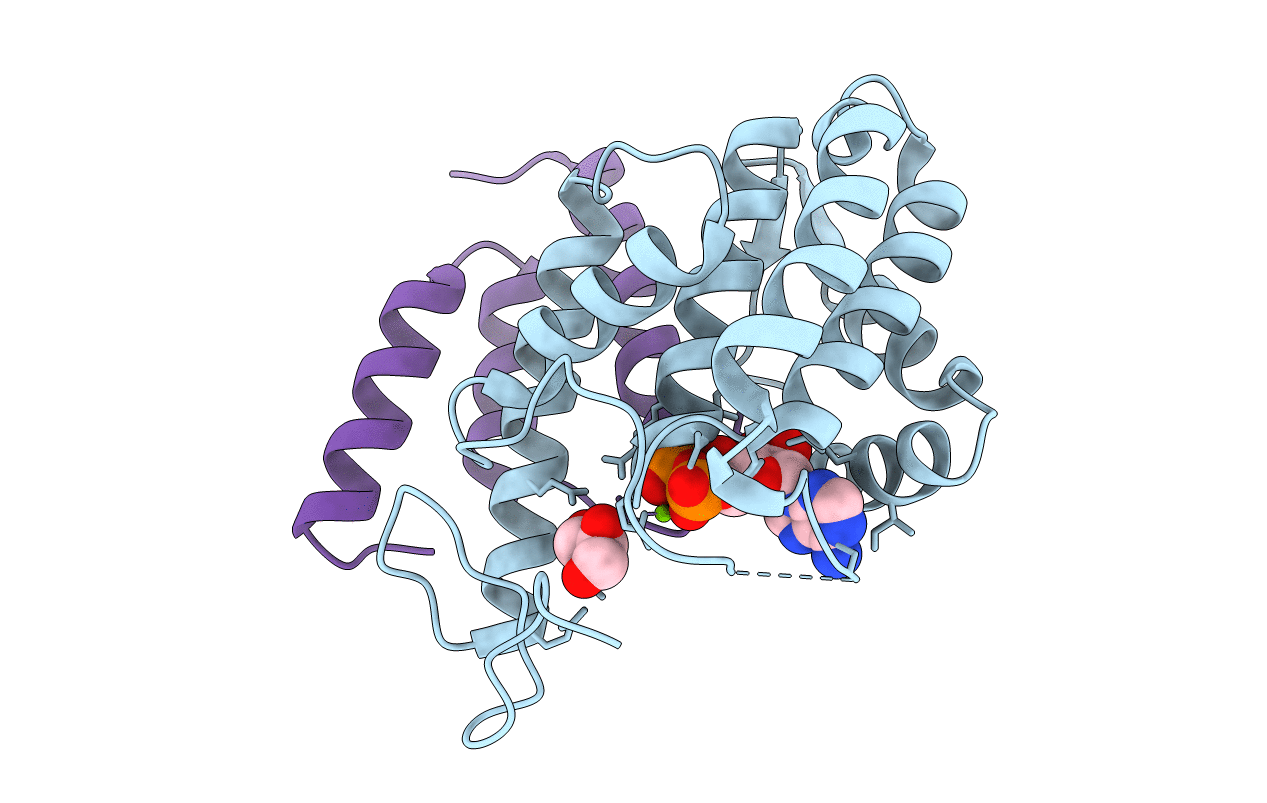
Deposition Date
2012-11-19
Release Date
2013-06-19
Last Version Date
2023-12-20
Entry Detail
PDB ID:
3ZCB
Keywords:
Title:
VbhT Fic protein from Bartonella schoenbuchensis in complex with VbhA antitoxin mutant E24G and ATP
Biological Source:
Source Organism:
BARTONELLA SCHOENBUCHENSIS (Taxon ID: 165694)
Host Organism:
Method Details:
Experimental Method:
Resolution:
1.94 Å
R-Value Free:
0.24
R-Value Work:
0.19
R-Value Observed:
0.19
Space Group:
C 1 2 1


